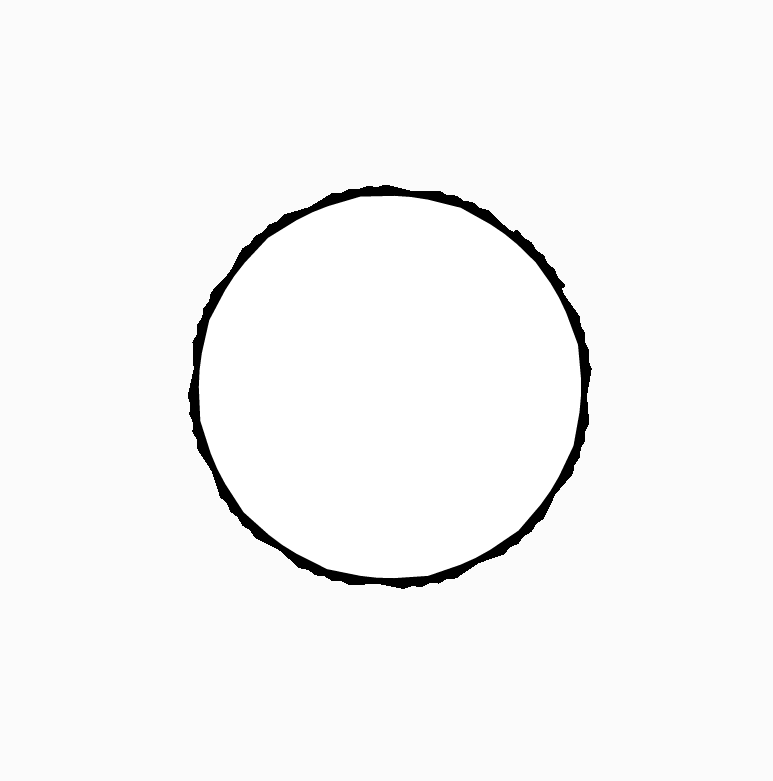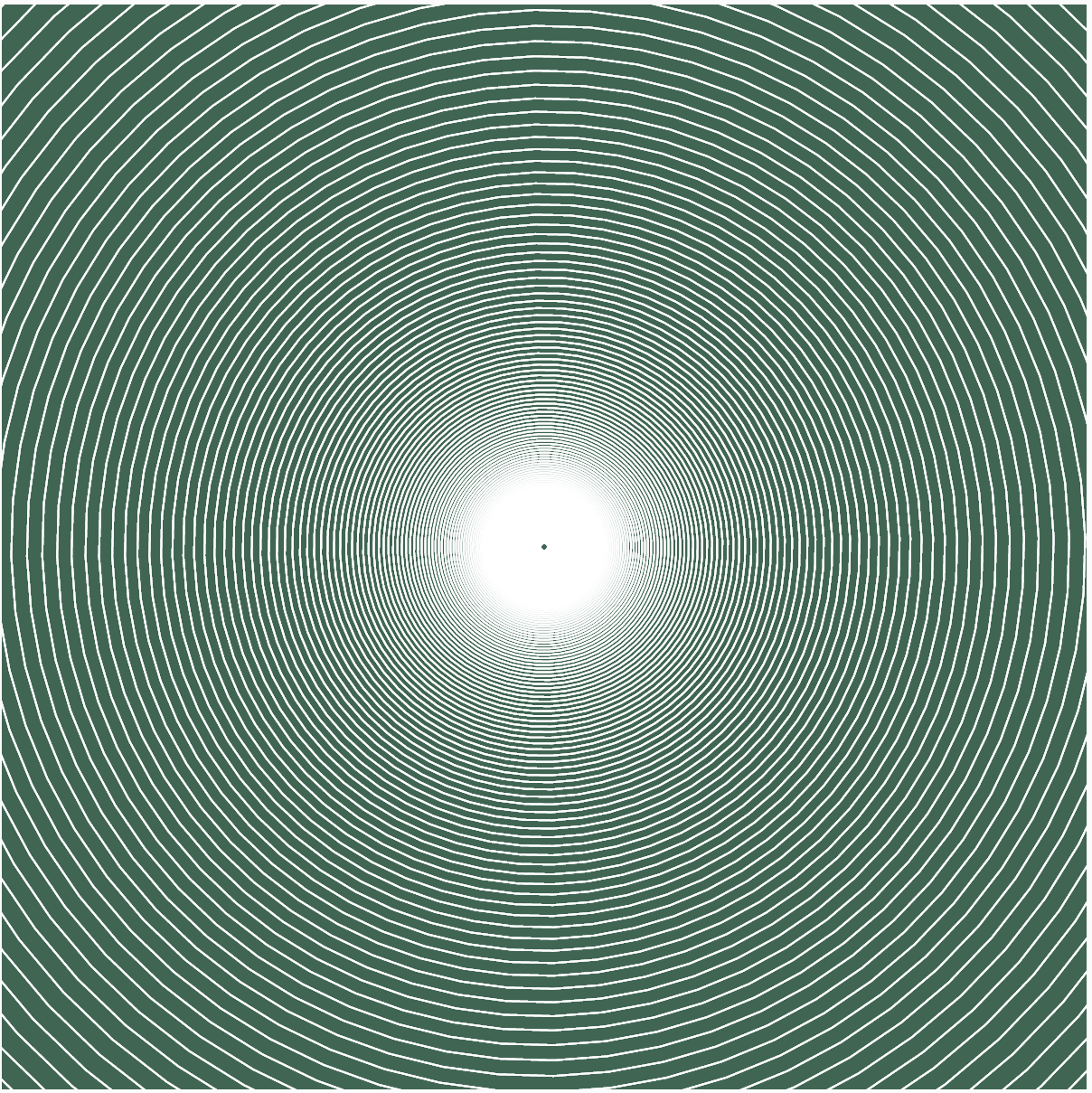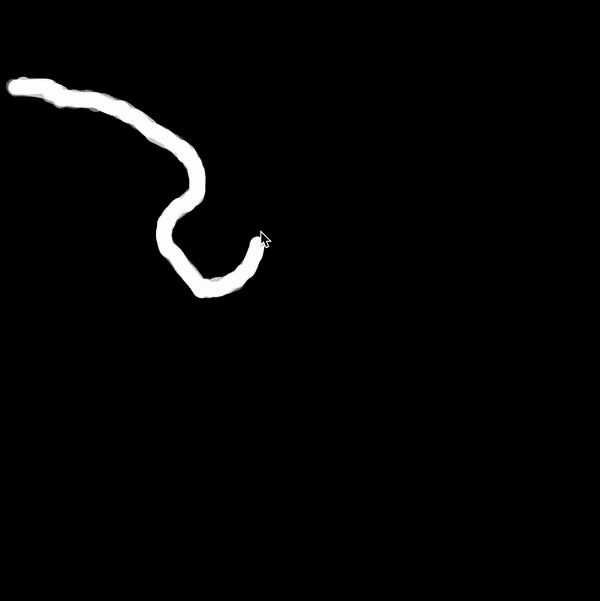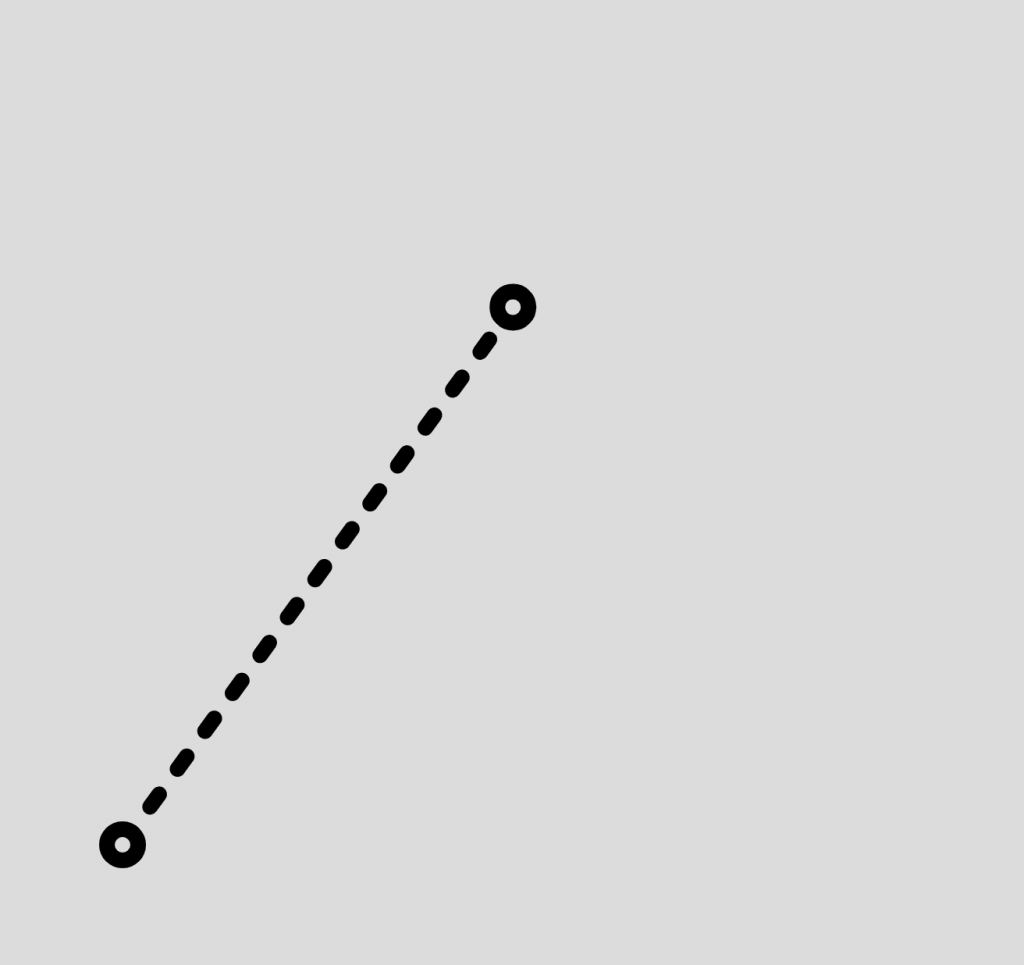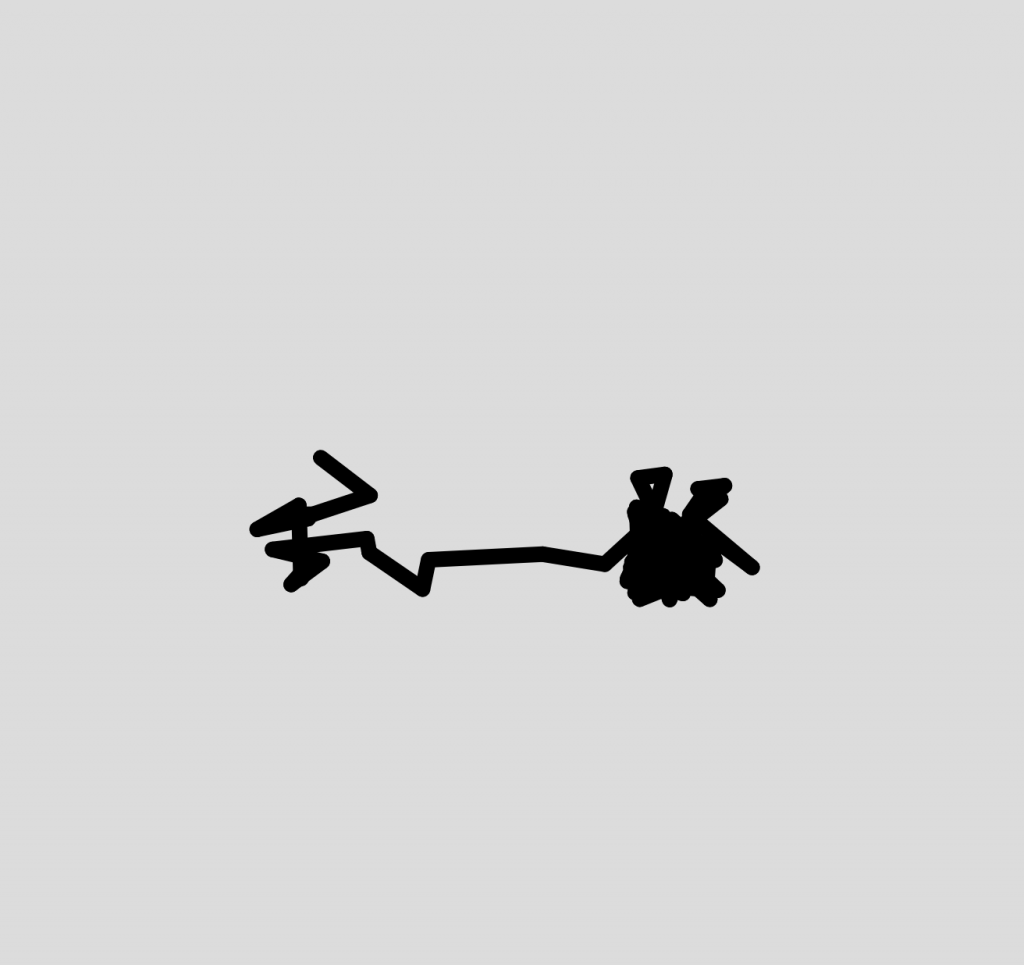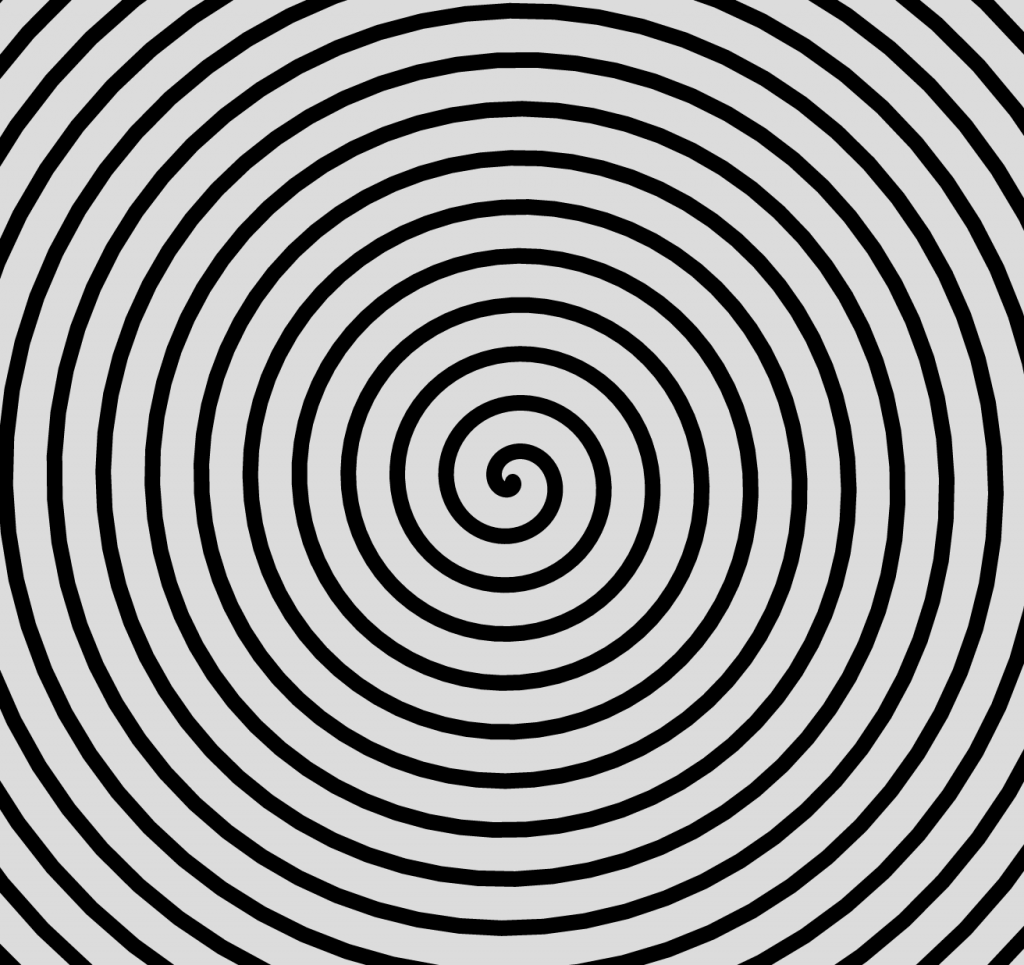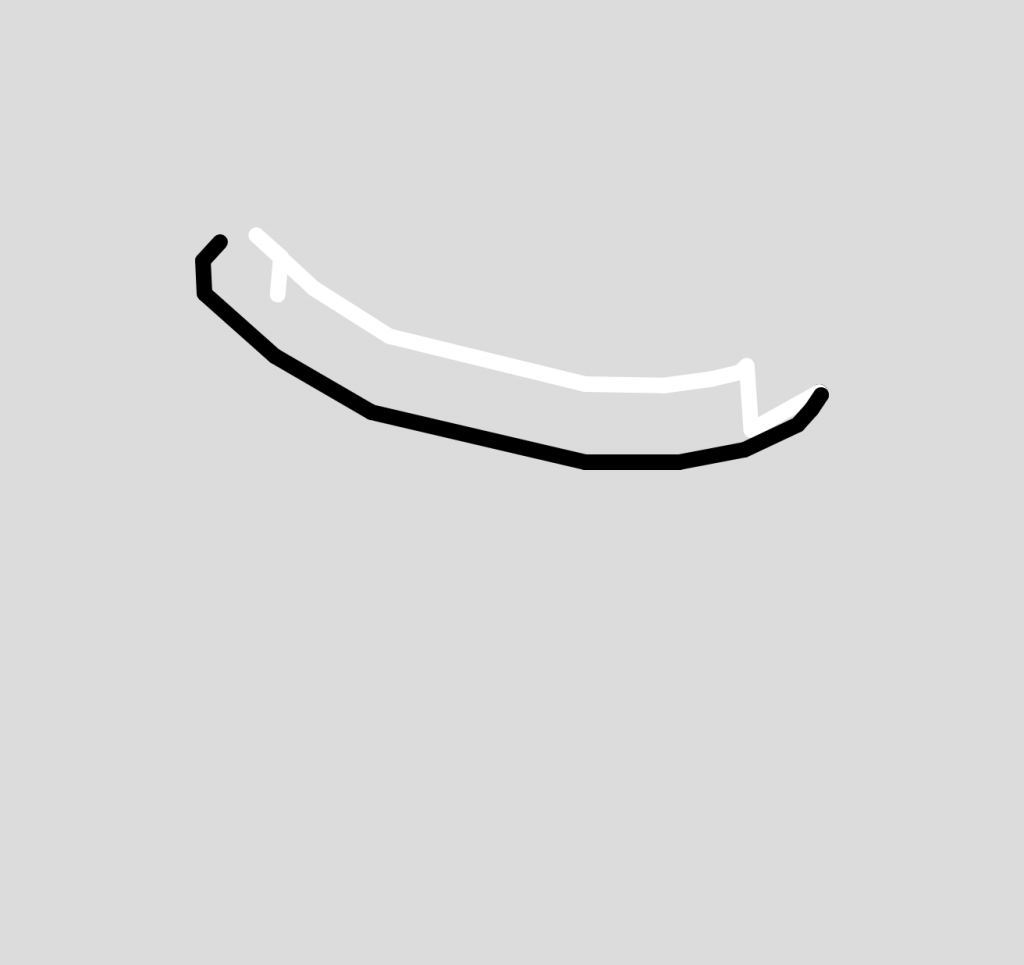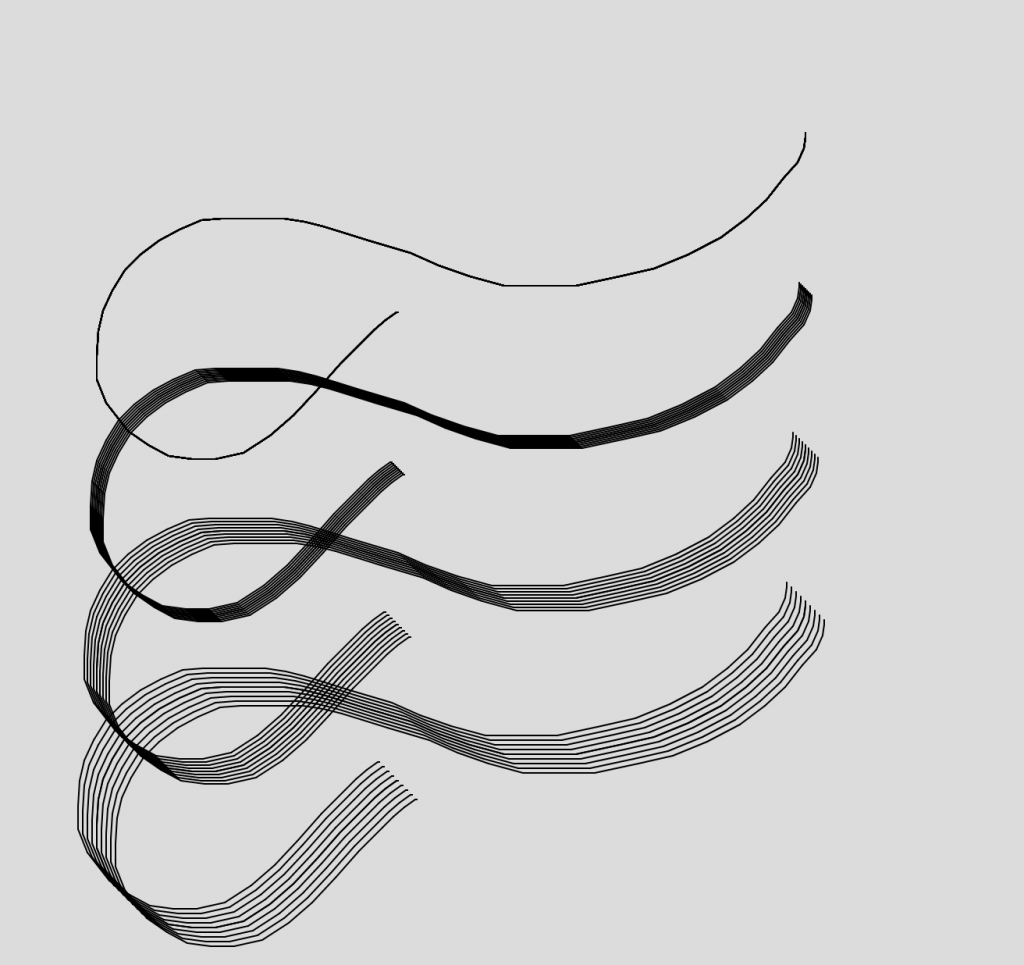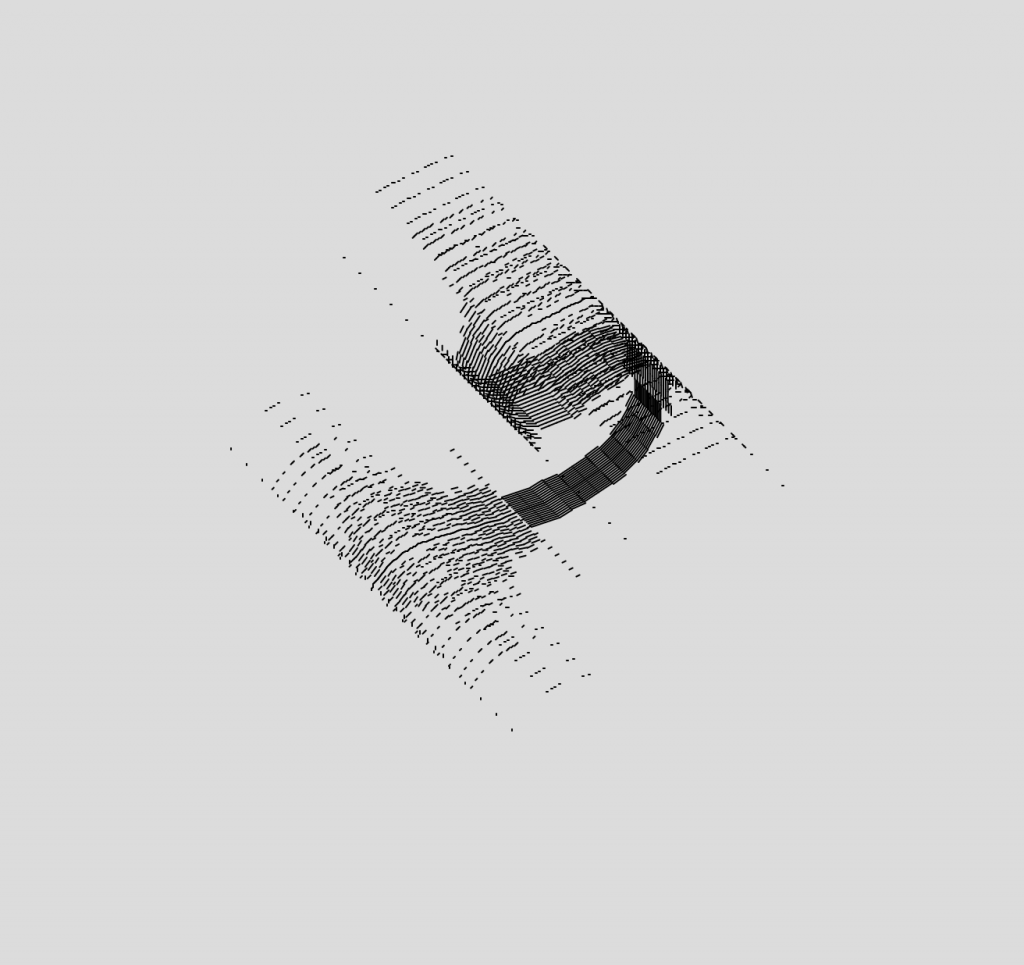I immediately found interesting that the introduction of the chapter alluded to drawing and computation as being subcultures of architecture. The architectural practice has been dealing with the concerns of tradition versus technological interventions for quite some time now. The question of authorship has been an active motif with this narrative. However, as described in the chapter, drawing is a human exercise. Computation can only augment human intention. In many ways, in architecture, computation has helped to make sense of drawings. Whereas, sketching, design, and simulation could be done within the same act of drawing. Additionally, I believe that western architecture is consumed by hyper rationality. Understanding the marks or forms of a drawing through computation, gives the architect a data driven sense of rationality of his/her design decisions.
Student Area
frog-LostrittoReading
I find it really interesting that Lostritto focuses so much energy at the start to addressing the contentious notion of trying to define drawing. While drawing has technical elements that are often colloquially associated with said medium (medium in the broadest sense here), the fact that drawing itself is so deeply embedded in a wide variety of cultural setting makes it almost unfruitful to try to produce a singular encompassing definition. The whole of drawing is a rhizomatic landscape with such incredible variety that someone with familiarity with one subculture may not even be able to recognize a practice that the practitioners themselves consider drawing.
The tension in trying to define nebulous practices or other less technical concepts is a bit thought provoking if potentially dangerous as it plays readily into cultural elitism and in more extreme cases forms of cultural poisons like white supremacy. By attempting to specify what counts as art, you necessarily exclude examples that don’t suit your definition. Instead of opening up and considering new ideas for the sake of more meaningful at production, it seems the objective becomes adhering to and upholding this restrictive and segregative definition, to the detriment of culture as a whole.
stickz – LineExercises
Aether-PlotterSkimming
I find it interesting, especially as described in “300 Days of Plotting”, that one of the popular metrics of success in plotting is adding personality. That often can translate in adding spontaneity, disorder, or imperfection. I wonder if an artist’s character develops with consistent and constrained spontaneity or imperfection.
miniverse Line Excersizes
caligraphic polyline (SVG suitable)
https://editor.p5js.org/miniverse/sketches/TRGotFUpz
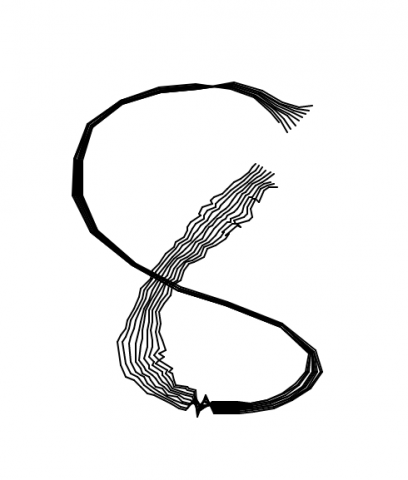
weighted line
https://editor.p5js.org/miniverse/sketches/oK1cOWPCu

offset line
https://editor.p5js.org/miniverse/sketches/06DRWU4wX
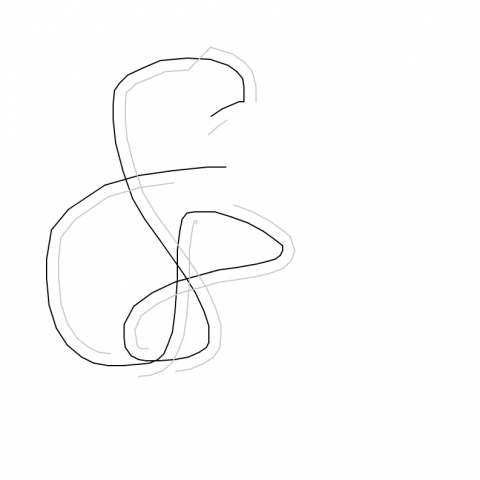
chaotic line
https://editor.p5js.org/miniverse/sketches/KaTwXMY-V
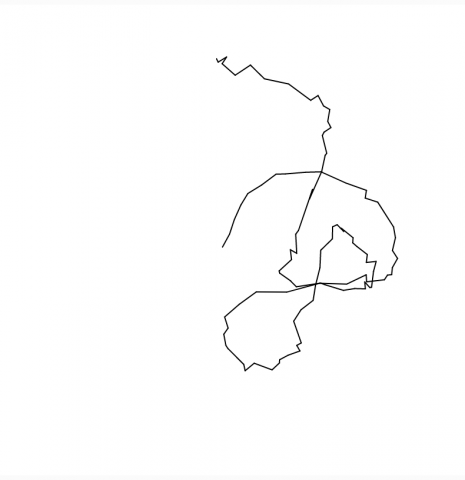
living line
https://editor.p5js.org/miniverse/sketches/PRvFEXkGr

dash line
https://editor.p5js.org/miniverse/sketches/S8XAu2l29
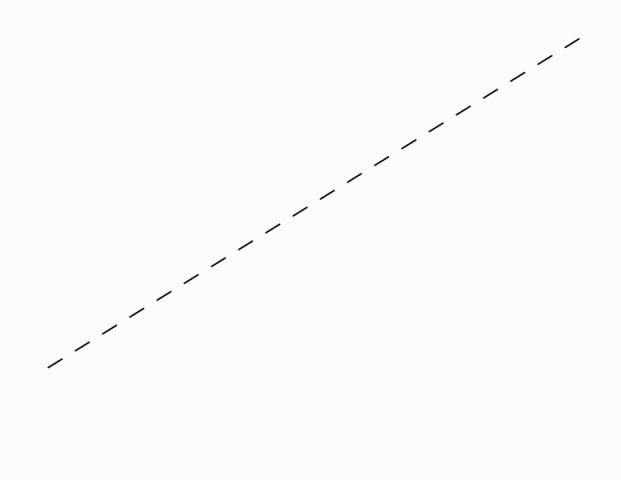
spiral
https://editor.p5js.org/miniverse/sketches/8b0d7tQ7C
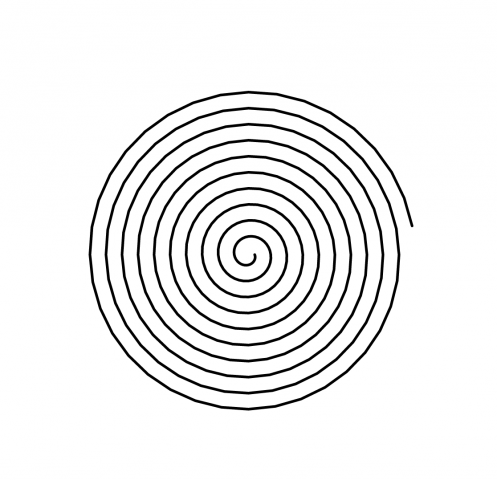
gabagoo-LostrittoReading
Something that struck me from the reading is the claim that a drawing cannot be edited. I thought that viewing any interaction with the physical media as additive is a very unique lens. The example given, about the erasing of a pencil mark, expresses this notion cleanly. I also thought the idea that a drawing needs to be perceived was interesting as well. A computer aided program, with initial conditions given by a human is then definitionally a drawing. It does beg the question: if a human designs a machine to design a machine to draw something, is it still a drawing? In other words, to what extent can the human be removed from the process for the output to still be considered a drawing? The idea of an anti-definition seems to hint that the answer is not binary.
gabagoo-PlotterSkimming
1. The media consideration from Tyler Hobb's article was very insightful because it provides concrete examples of how and where different pen types/ paper types can work with plotters. The painting example was really cool as well. 2. I also found the convex-hull algorithm from Matt Deslauriers to be quite interesting. I think probably what I found most useful from these skimmings is exposure to different kinds of plots and which ones feel generic and which seem original.
gabagoo-LineExercises
Dashed Line - Living Line - Spicy Line - One Circle, Two Ways - Spiral - Parallel Polyline - Different Line Weights - Calligraphic Line - CODE
Unfortunately my SVG for the calligraphic line is too big of a file
dinkolas-LostrittoReading
The A computer cannot draw section is pretty interesting to me, because it offers a very confident ontology of drawings. The distinction that an image can be composed of parts, whereas a drawing necessitates comprehension by a viewer (and is thus never complete) is something I hadn’t thought to apply to drawings before. There are many edge cases that muddle this distinction, and I’m sure that this quality could be intentionally defied by making “drawings” that are merely a means of computer to computer communication, but nonetheless we would hope to call real drawings. Ultimately I’m not as confident in this non-property as Lostritto. However, it is funny how the noun drawing has an ‘ing’ in it; maybe a drawing has always implicitly been a process, not an object.
dinkolas-PlotterSkimming
I liked Licia He’s ideas about the benefits of developing one’s own toolkit. Knowing exactly how everything is done and how it can be extended I think is an underrated quality in a tool set.
